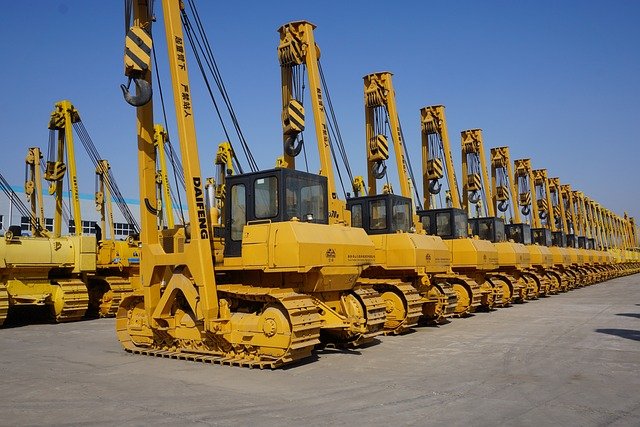Pushing Boundaries: The Intricate Art of High-Altitude Training
What if I told you that the secret to enhanced athletic performance lay not on the field, but in the lofty heights of the mountains? Welcome to the intriguing world of high-altitude training—an innovative approach that has revolutionized the way athletes train and perform. This unique training method promises improved endurance, speed, and overall performance. But is it all it's cracked up to be? Let's delve into the nuances of high-altitude training, its impact, and its place in modern sports science.

The Genesis of High-altitude Training
High-altitude training traces its roots back to the 1968 Mexico City Olympics. Attended by athletes from around the globe, this event was the first to be held at a high altitude. Athletes from low-altitude regions found it challenging to compete due to the thin air and reduced oxygen levels. Conversely, athletes from high-altitude areas seemed to have an edge, sparking interest in the potential benefits of high-altitude training.
The Science of High-altitude Training
At high altitudes, the air is thin, and oxygen levels are low. This environment forces the human body to adapt by producing more red blood cells, which transport oxygen to muscles. When athletes return to sea level, they retain this increased oxygen-carrying capacity for a while, potentially boosting endurance and performance. However, the effects are temporary, and maintaining the gains requires repeated stints at high altitudes.
The Benefits and Challenges
High-altitude training has been embraced by many top athletes, from marathon runners to cyclists. It has been credited with improving cardiovascular endurance, lung capacity, and muscle efficiency. However, it’s not all smooth sailing. The body’s adaptation to high altitudes can lead to altitude sickness, characterized by headaches, nausea, and fatigue. Also, training intensity can be compromised due to the lack of oxygen, potentially leading to reduced strength and power.
The Real-world Applications
Despite the challenges, high-altitude training has found its place in the training regimens of many elite athletes. Training camps have sprung up in high-altitude locations like Kenya’s Rift Valley and the Colorado Rockies. Moreover, technology has brought high-altitude training to sea level with hypoxic chambers that simulate the conditions of high altitudes.
The Verdict: Is High-altitude Training Worth It?
The answer isn’t straightforward. While there’s evidence supporting the benefits of high-altitude training, they are transient and vary among individuals. Also, the potential drawbacks can’t be overlooked. Therefore, it’s crucial for athletes to consult with sports science experts before embarking on high-altitude training.
To conclude, high-altitude training offers a fascinating glimpse into the lengths athletes are willing to go to for that extra edge. It’s a testament to the human spirit’s relentless pursuit of excellence and the intricate art of pushing boundaries.




